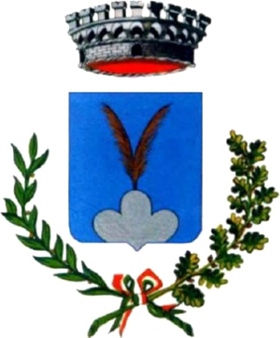
On a rocky Tricolle, in the upper valley of the Ofanto river, on the border between Campania and Puglia is the beautiful town of Monteverde 740 meters above sea level.
In this place, the first evidence of human presence date back to the Neolithic age, but the first permanent population was that of the Irpinia, group italic Samnites, who established an agricultural village and pastoral, fortified by walls to dry, whose few remains are still visible on Serro dell’Incoronata. During the third Samnite war, in 293 a. C., its strongholds were destroyed by the Romans and Lucani. The few survivors took refuge in the caves of Serro Castle; subject to the control of the Roman legions, remained isolated after the fall of the Western Roman Empire. In the Dark Ages, thanks to the Christian religion, spread the cult of St. Anne (then officiated in the chapel of the castle), the Saint Catherine of Alexandria (revered as the patron saint in a church-grange capituli near the castle) and St. Michael the Archangel (patron, celebrated on May 8). With the invasion of the Lombards in the sixth century AD, the first towers were erected (donjon). It became Lords principles and Francesco Ferrante Orsini. Monteverde became a military fortress, as evidenced by a parchment era and writing Lombard, dated 897 and preserved in the museum of Barletta, in which it called “Castrum Viridis Montis” homonymous Serro Castle. The name Viridis Montis makes clear reference to the green of the then vast forests.
In 1059 Monteverde became Norman ground, the first lord was Geoffrey, Count of Andria and Cisterna, the powerful family of Balbano and strong supporter of the Altavilla. He established the bishopric and the home was the castle. After the Mille was built the Cathedral of Santa Maria Maggiore or Nazareth, later joined by a bishop’s palace, demolished in 1882.
In 1532 the estate passed to the Grimaldi, princes of Monaco, and from 1662 to the Caracciolo. In 1531 the diocese was united with that of Monteverde Archbishop of Barletta until 1818, when it was finally incorporated in Sant’Angelo dei Lombardi. In 1695 the Calabrian Michele Sangermano purchased by the Royal treasury of Naples for 8,500 ducats, the fief of Monteverde. Under the Bourbon rule started for the village the birth of a small local landed bourgeoisie and intellectual, who, riding on natural disasters (earthquake of 1815, the Asian disease 1854) internal crises, led the country in large letters and urban unit of the United of Italy of 1861. Instant and violent was the reaction Bourbon band of the brigand Crocco (Carmine Donatelli), who attacked and plundered the country occupying the baronial castle. In 1899 the last descendant of Sarina, along with a group of “lovers of archaeological things”, he discovered a number of tombs of warriors Sunnis, rich grave goods and pottery. At the beginning of the twentieth century many people left for the Americas in search of fortune; during the two world wars the village was served from the water supply, sewerage, electricity and connected with the railway station. With the fall of the fascist regime and the monarchy he ran out the role of small and elitist landed bourgeoisie. In the 60’s the population moved northward, following the economic boom, and the consequence for the country was the gradual reduction of the number of inhabitants. Despite continuous sieges and the earthquake of 1980, the town was recovered each time and still retains its extraordinary landscape full of woods.

 Add to favorites
Add to favorites